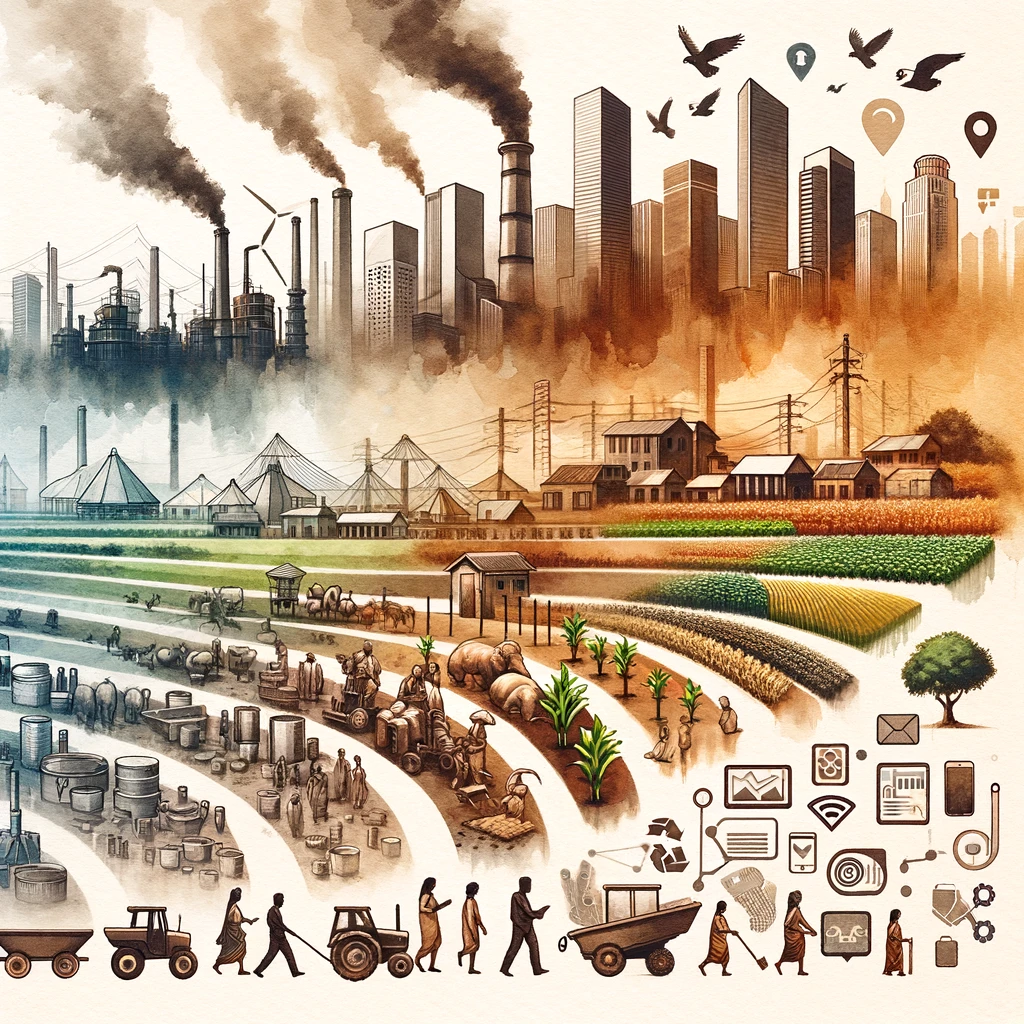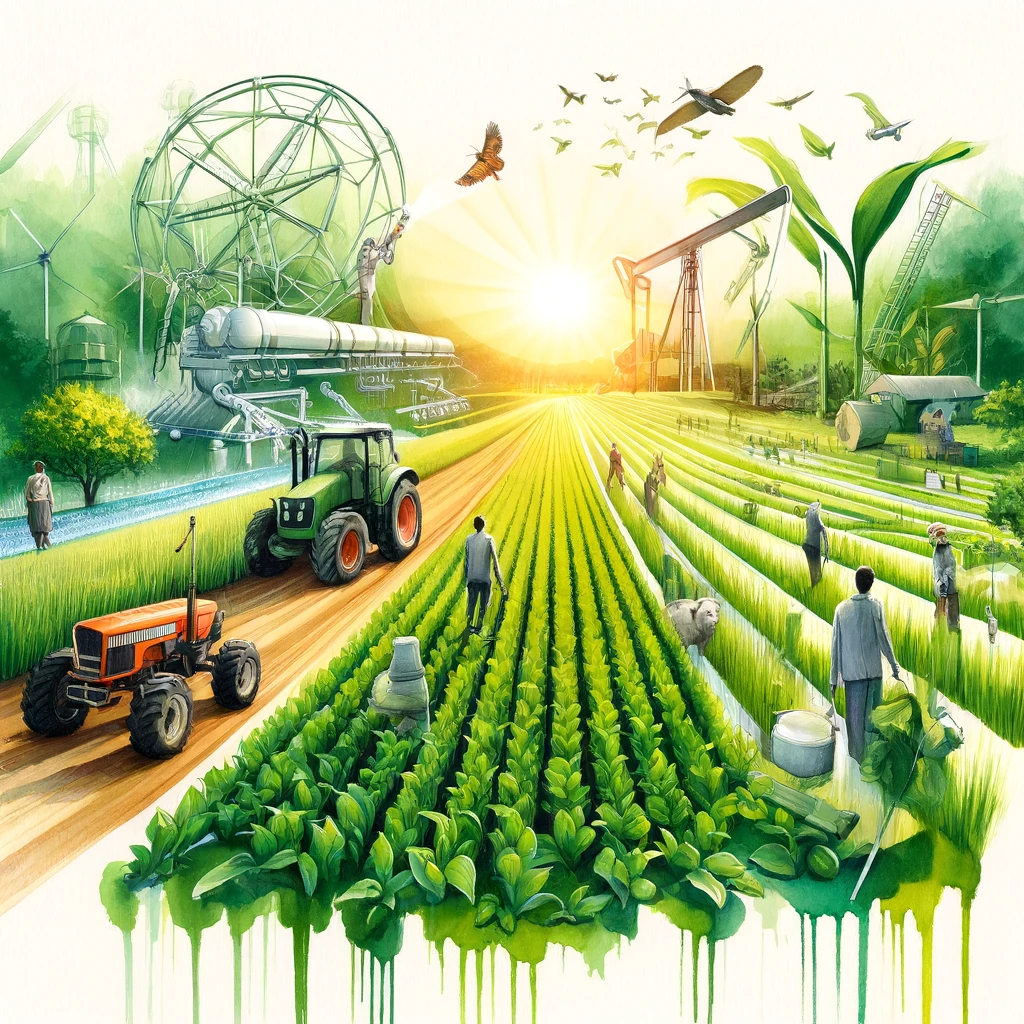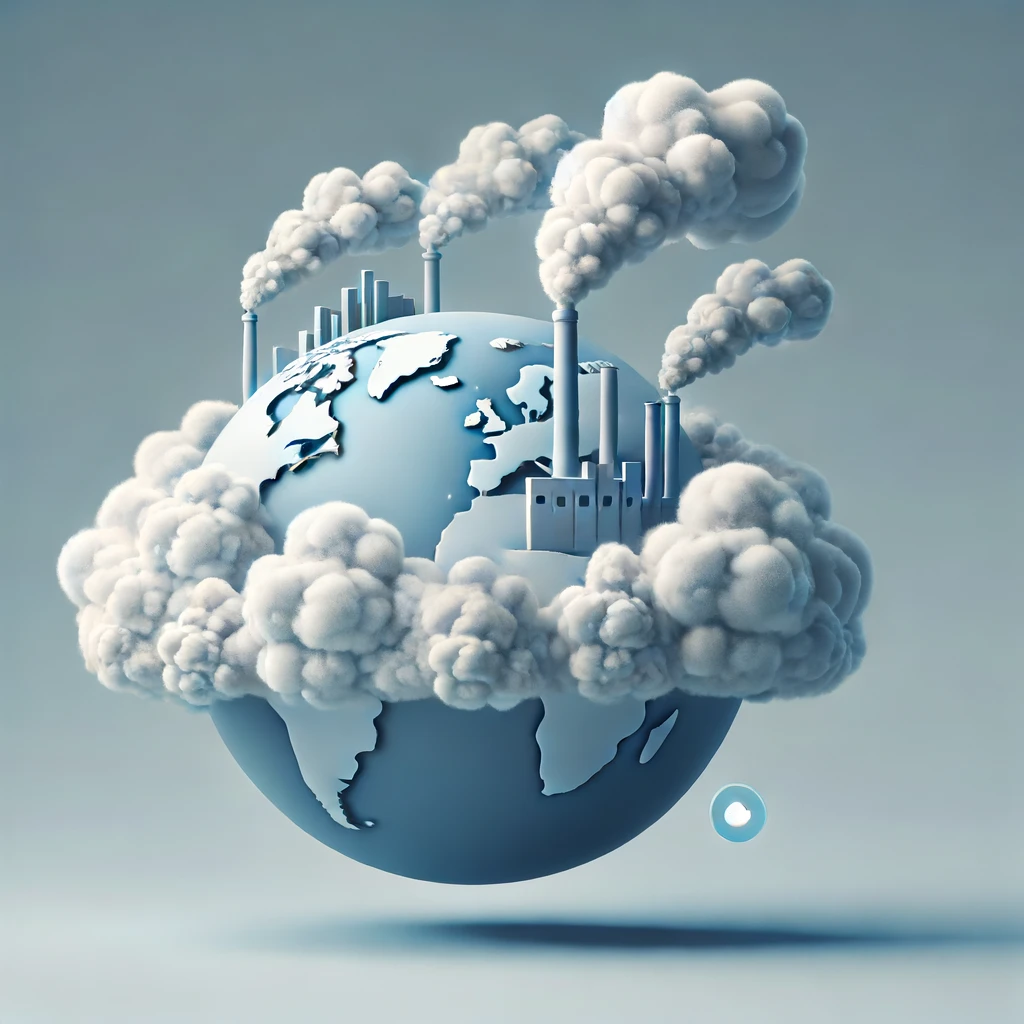Industrial geography is a critical aspect of economic geography that focuses on the spatial distribution and development of industries. Understanding the types of industries, factors influencing their location, major industrial regions, and the impact of industrialization is crucial for policymakers and businesses alike. This article delves into these aspects, providing a comprehensive overview of industrial geography.
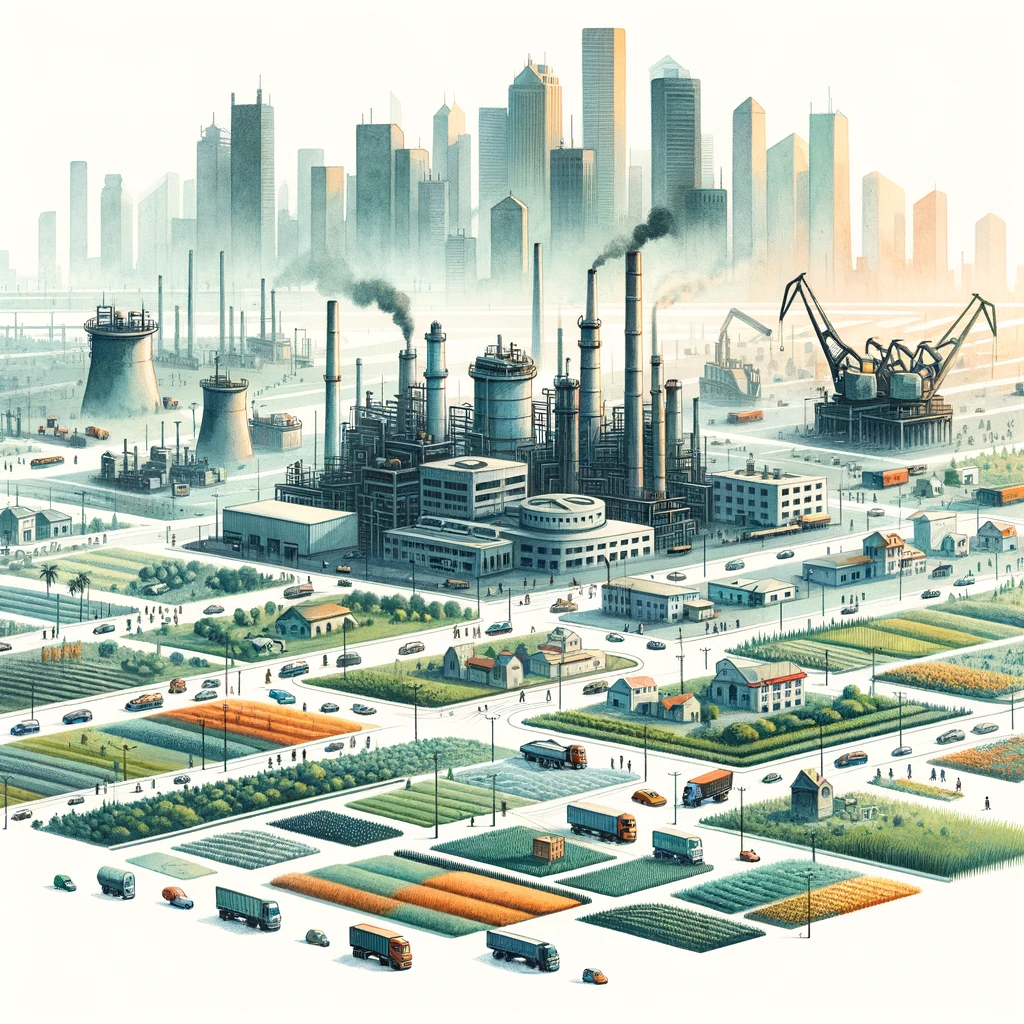
Types of Industries
Classification Based on Size
- Small-Scale Industries (SSI): These industries operate on a small scale with limited capital investment and workforce. They play a vital role in providing employment and supporting the economy, particularly in developing countries. Examples include handicrafts, food processing, and small workshops.
- Large-Scale Industries: These industries involve significant capital investment, large-scale production, and a substantial workforce. They are typically more mechanized and contribute significantly to national GDP. Examples include automobile manufacturing, steel production, and petrochemicals.
Classification Based on Ownership
- Public Sector Industries: Owned and operated by the government, these industries aim to provide essential goods and services while ensuring social welfare. Examples include Indian Railways, Bharat Heavy Electricals Limited (BHEL), and Oil and Natural Gas Corporation (ONGC).
- Private Sector Industries: Owned by private individuals or companies, these industries operate for profit. Examples include Tata Steel, Reliance Industries, and Infosys.
- Joint Sector Industries: These industries involve a partnership between the government and private sector entities. They combine public welfare objectives with profit motives. Examples include Maruti Suzuki and Bharat Petroleum Corporation Limited (BPCL).
Classification Based on Raw Materials
- Agro-Based Industries: These industries use agricultural products as raw materials. They include food processing, textiles, and paper manufacturing. Examples are Amul (dairy products) and ITC (food products).
- Mineral-Based Industries: These industries use minerals and metals as raw materials. Examples include iron and steel plants, cement factories, and aluminum smelters.
- Marine-Based Industries: These industries rely on marine resources for their raw materials. They include fishing, aquaculture, and seafood processing industries.
Factors Influencing Industrial Location
Physical Factors
- Raw Materials: Proximity to raw materials reduces transportation costs and ensures a steady supply. For instance, steel plants are often located near iron ore mines.
- Power Supply: Reliable and affordable power is crucial for industrial operations. Industries often set up near power plants or regions with stable electricity supply.
Economic Factors
- Capital: Availability of capital influences industrial location. Areas with financial institutions and investment-friendly environments attract industries.
- Transport: Efficient transportation networks (roads, railways, ports) are essential for the movement of raw materials and finished goods. Industries prefer locations with robust transport infrastructure.
- Market: Proximity to markets reduces distribution costs and ensures quicker access to consumers. Industries producing perishable goods or heavy products often locate near urban centers.
Social Factors
- Labor: Availability of skilled and unskilled labor influences industrial location. Regions with a large workforce and technical training institutions are preferred.
- Government Policies: Incentives like tax breaks, subsidies, and infrastructural support from the government can attract industries to specific locations. Special Economic Zones (SEZs) and industrial parks are examples.
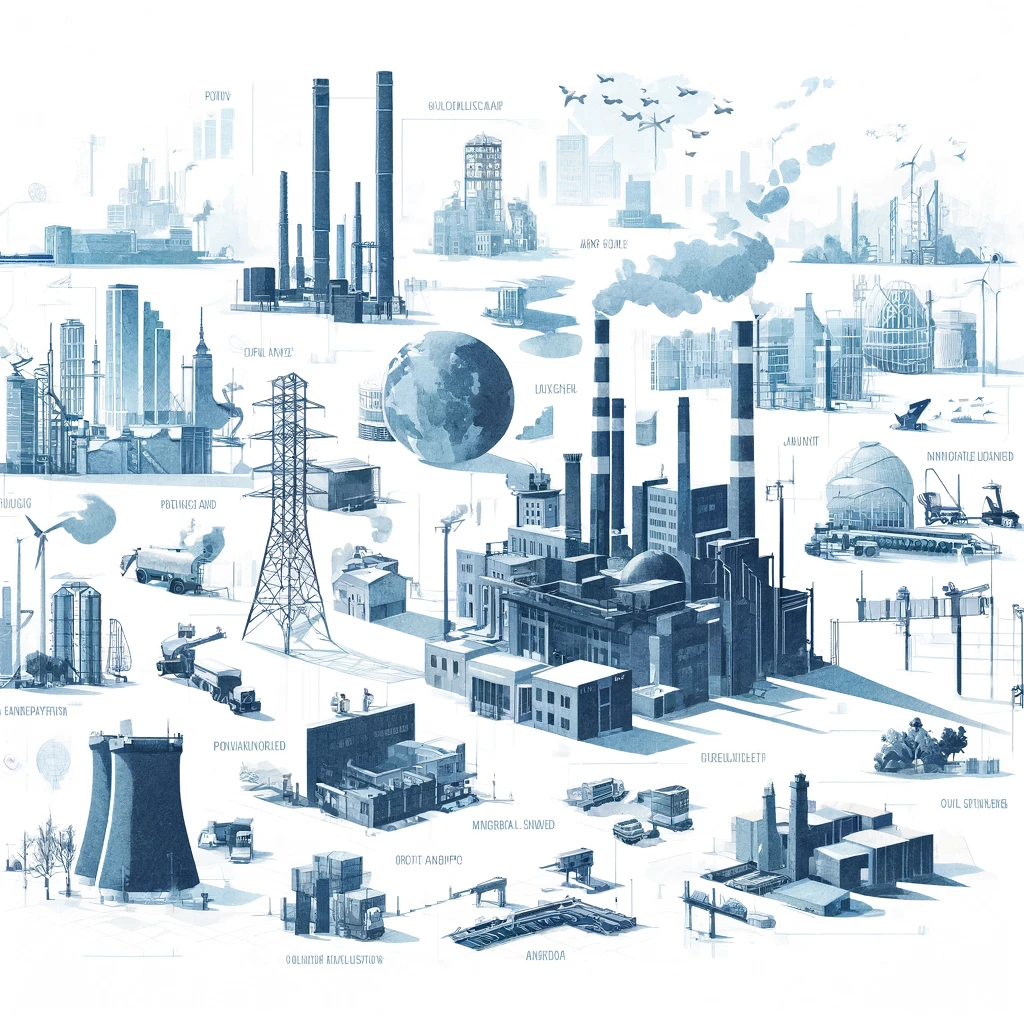
Industrial Regions
Global Industrial Regions
- North America: The Rust Belt (Great Lakes region) was historically the manufacturing heartland, especially for the automotive and steel industries. The Sun Belt (southern and western states) has seen growth in high-tech industries.
- Europe: The Ruhr Valley in Germany is known for coal mining and heavy industries. The Silicon Fen in the UK and the Île-de-France region around Paris are prominent for technology and finance.
- Asia: The Pearl River Delta in China is a major manufacturing hub. Japan’s Keihin and Hanshin industrial regions are known for automobiles and electronics.
Indian Industrial Regions
- Mumbai-Pune Belt: This region is a major industrial hub with diverse industries, including textiles, automobiles, and IT. The presence of ports, a strong transport network, and government incentives contribute to its growth.
- Kolkata-Haldia Region: Known for jute, engineering, and chemical industries. The region benefits from its strategic location along the Hooghly River and the presence of the Haldia Port.
- Chota Nagpur Plateau: Rich in mineral resources, this region is home to major steel plants, aluminum smelters, and coal mines. It includes cities like Jamshedpur, Dhanbad, and Bokaro.
Reasons for Development and Challenges
- Reasons: Availability of raw materials, skilled labor, robust infrastructure, and supportive government policies.
- Challenges: Environmental degradation, pollution, urban sprawl, displacement of local communities, and socio-economic disparities.
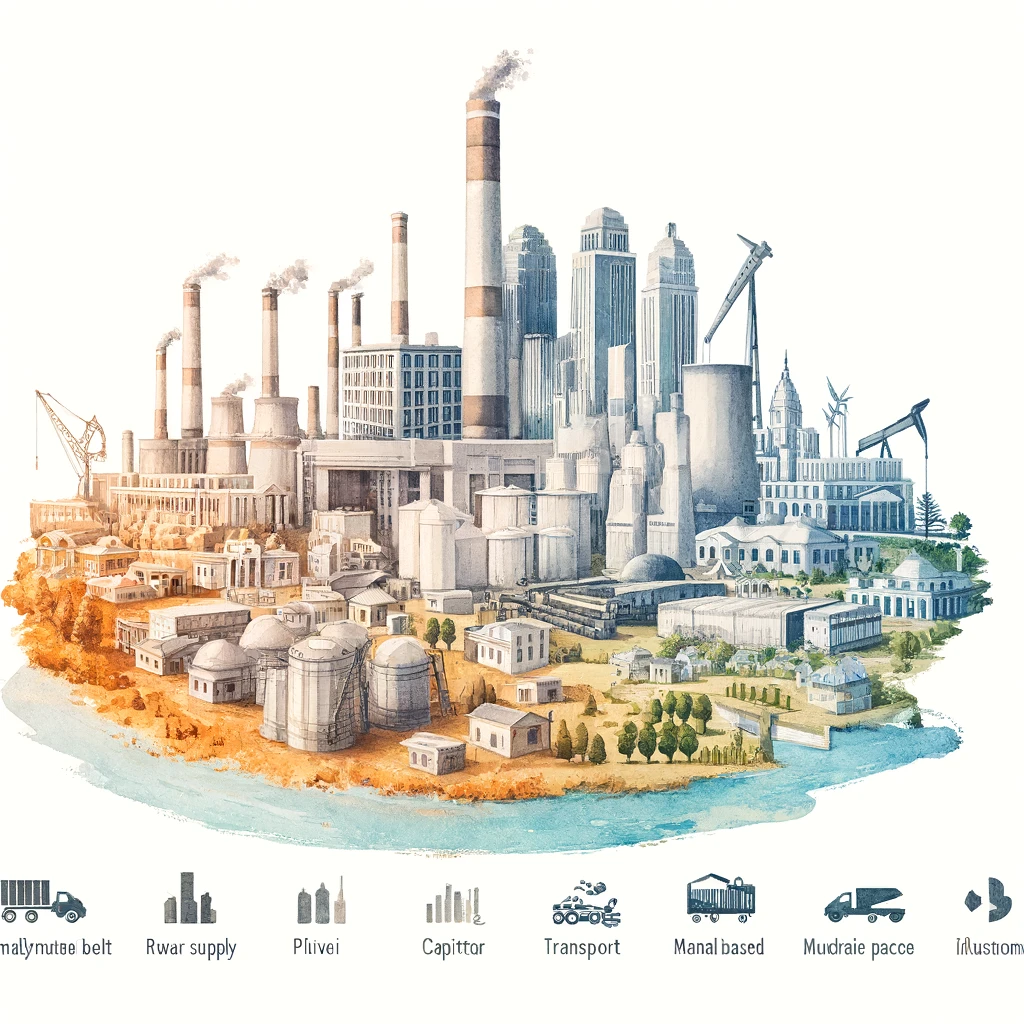
Impact of Industrialization
Positive Impacts
- Economic Growth: Industrialization boosts GDP, creates jobs, and increases income levels.
- Infrastructure Development: Leads to the development of transport, communication, and utility infrastructure.
- Technological Advancement: Promotes innovation and technological progress.
Negative Impacts
- Environmental Pollution: Industrial activities can lead to air, water, and soil pollution.
- Displacement: Expansion of industries often displaces local communities and affects livelihoods.
- Urbanization: Rapid industrialization can lead to unplanned urban growth, resulting in slums, congestion, and strain on urban infrastructure.
Government Policies
Make in India
- Launched in 2014, this initiative aims to transform India into a global manufacturing hub by encouraging both multinational and domestic companies to manufacture their products in India. It focuses on enhancing skill development, building best-in-class infrastructure, and creating a conducive environment for investments.
Special Economic Zones (SEZs)
- SEZs are designated areas with economic laws that are more liberal than the rest of the country. They aim to attract foreign investment, increase exports, and generate employment. SEZs offer tax exemptions, streamlined procedures, and infrastructural support to businesses.
Industrial Corridors
- Industrial corridors are large areas earmarked for industrial development with world-class infrastructure. Examples include the Delhi-Mumbai Industrial Corridor (DMIC) and the Chennai-Bangalore Industrial Corridor. These corridors aim to enhance connectivity, boost industrial growth, and create job opportunities.
Other Initiatives
- National Manufacturing Policy (NMP): Aims to increase the share of manufacturing in GDP and create 100 million jobs by 2022.
- Atal Innovation Mission (AIM): Encourages innovation and entrepreneurship in the industrial sector.
- Startup India: Promotes startups by providing funding support, simplifying regulatory norms, and offering tax benefits.
Conclusion
Industrial geography plays a pivotal role in shaping the economic landscape of regions and countries. Understanding the types of industries, factors influencing their location, major industrial regions, and the impacts of industrialization provides valuable insights for policymakers and businesses. Government policies such as Make in India, SEZs, and industrial corridors are crucial in promoting industrial growth and ensuring sustainable development. Addressing the challenges of industrialization, such as environmental pollution and displacement, requires balanced and well-informed strategies to ensure inclusive and sustainable growth.

